Judging from the collapse of domestic traditional footwear giants, one of the reasons for their fall is to focus on channels and ignore consumers. In this context, how the brand positioning of women's shoes can keep up with the demands of today's consumers is an opportunity to find a new way for the non-sports women's footwear market. Through an exclusive interview with Derek Duan, general manager of Ms. Bao and Mr. Shoe business department and general manager of the strategic planning department, WARC has a glimpse of the leopard, hoping to find inspiration and benefit other companies.

Derek Duan, General Manager of Miss Bao and Mr. Shoe Division and General Manager of Strategic Planning Department
WARC: Your company was established in 2018. As a new entrant in the footwear market at that time, in addition to the clear positioning of the first footwear brand displayed in color, how did you complete the construction process from 0 to 1 within four years? Can you review the growth history for us?
Duan Changying: We mainly focus on domestic first- and second-tier cities, and have deployed about 40 stores. The fluctuation of the epidemic situation in the past three years is also a big test for us. We were in a relatively good development trend, but it was suddenly interrupted. The positioning and entry point we have always adhered to is "a shoe brand led by color and matched with fashion". As a new entrant, how to find our own position in this industry and how to impress the target customer group based on the position is what we have been doing.
In the past four years, we have completed some basic accumulation. Although the brand's NPS (Net Promoter Score) is not particularly outstanding in customer group research, we think it is a passing score. Consumers recognize us as a women's shoe brand that is unique, has a sense of design, is not easy to hit, has online aesthetics, and pays attention to quality of life. This is a staged achievement.
We expect that the consumer market will recover with the epidemic in 2023, so we will do more in terms of products and channels to lay the foundation for subsequent development. 2023 is a period of transformation. We are closely tracking the changes in the shopping intentions, mentality, emotions, and preferences of female consumers. At the same time, we will be more conservative and more stable this year.
For the next 3-5 years, we are still very optimistic, because in the trillion-level market of women's shoes, we see that our positioning is to allow us to eat this cake, and the potential is far greater than our current one. scale.
WARC: Consumers who initially come into contact with Miss Bao and Mr. Shoes will find that your brand has a distinctive brand personification technique. If you imagine shoes as boys and bags as girls, it will immediately remind people of a pair of lovers. It must have won you a certain differentiated advantage in the footwear market. But the personification method cannot only stay at the level of the brand name, so how will Ms. Bao and Mr. Xie plan to deepen and implement the personification in other aspects in the future?
Duan Changying: I believe that when you hear the name of this brand, you will find it quite novel. This is a good start for differentiation. For us, the personality of a brand should correspond to the personality of the consumer. Our consumers are generous, modern, and casual urban female customers. They love life, are positive and optimistic in various scenes, enjoy the present, have a rich heart, but are not emotional; they pursue styles, are willing to invest in outfits, and have their own opinions on fashion trends; they also need a A brand that has an air of simplicity and occasional adult fun and coolness.
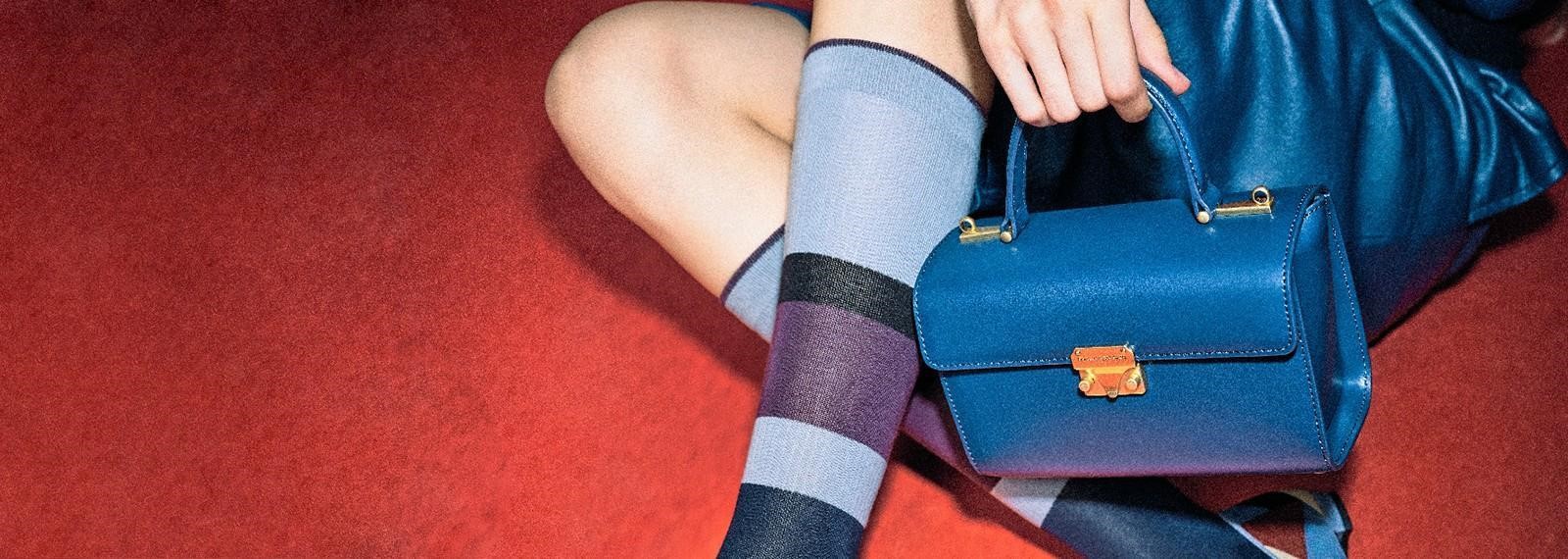
Every two years or so, we will conduct a thorough market research, go to consumers' homes to talk with them, and organize seminars to chat with typical target consumers. The content of the chat is the choice of shoes, impressions, requirements, and expectations of various brands. We even follow consumers to the mall to see how they behave when they actually shop.
Through this in-depth research, we can see the tendencies and preferences of the target customer group, and then diagnose the gap between our brand positioning and consumer demand, where the gap is, how to narrow the gap, and through display, retail atmosphere, Brand communication, tonality in various social media, store presentation and other ways to adjust.
WARC: Are men less willing to pay for so many colors? Originally, Ms. Bao and Mr. Xie aimed at young men and women aged 20 to 38, but later they gradually focused only on women. Is it a deliberate choice to abandon the male group? What is the audience selection and market segmentation logic behind this?
Duan Changying: We had men's shoes in our previous product line, but during the trial process, we found that there were some deviations from what we were good at, and it didn't seem to be able to impress male consumers very much. As we all know, the order of the consumer goods industry is that the first is women, the second is children, the third is pets, and the fourth is men. For men, rich colors and diverse styles are not very suitable entry points so far. We choose to focus on women's shoes and women's bags (price range from 499 to 2399 yuan) is a strategic choice for the company's development.
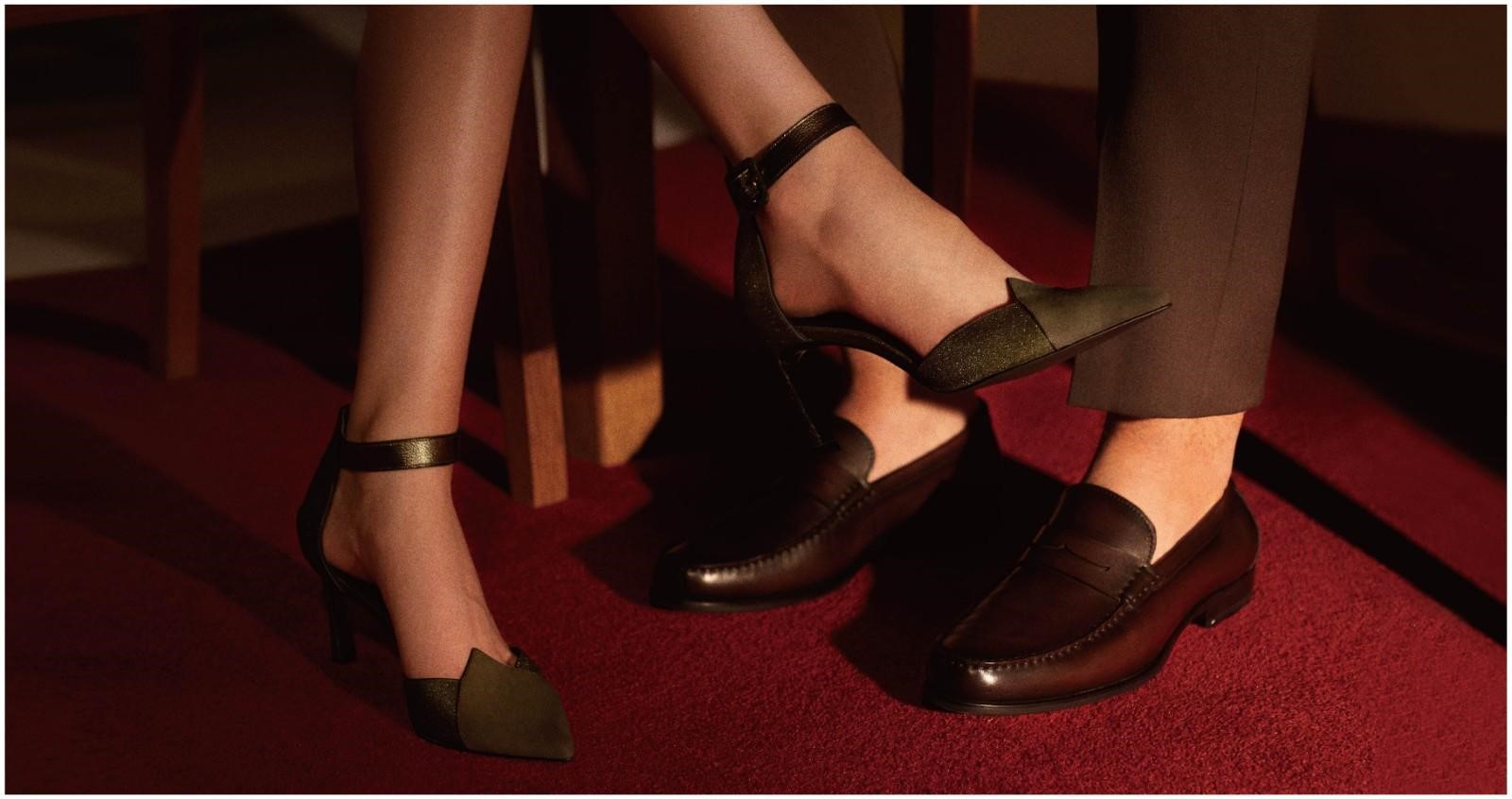
WARC: The three-year pandemic has given birth to the home economy. Brands that are suitable for use in the home environment can still maintain a basic market, but products such as Miss Bao and Mr. Shoes must be worn out. So how did your brand survive the most difficult period in 2022?
Duan Changying: Since the second half of 2021, the passenger flow of shopping malls has begun to decline. According to data from CCFA (China Chain Store and Franchise Association), compared with the same period in the first half of 2021 in the first half of 2022, the passenger flow of shopping malls across the country has dropped by 23%. We can continue to observe the downward trend in 2022, because our stores have installed passenger flow counters, and we can see that the number of passenger flow and the rate of entering the store are obviously going down.
This is a very difficult situation for our offline-based brand. During the two months from the end of 2022 to the beginning of 2023, we will continue to bottom out, so our approach is to regard ourselves as an omni-channel, global-operating brand. Because offline traffic continues to shrink, we can use online methods to amplify the brand's differentiated positioning and uniqueness. The radiation range of offline stores is basically 3 to 5 kilometers, while there is no limit online. We have already had successful experience, allowing online business contribution to account for 10-20% of offline stores, and this trend is still going up. We will use this global approach to operate during this most difficult time.
In a recent consumer survey, some consumers told us: "I am the woman who lives in Xiaohongshu". For online channels like Xiaohongshu, which are very suitable for planting grass, establishing brand positioning and highlighting brand differences is our focus at this stage. In the last two or three weeks, we have seen a 50% increase in the number of articles on Xiaohongshu. Because it is an extraordinary period of winter, our employees will have more time to do some online actions to build up the influence of the brand.
WARC: In the past two years, "sustainable development" has become a hot topic that has swept the world. Under the condition of rational consumption, people are more willing to choose responsible enterprises. There is a story that a shoe store owner used "community marketing" and "altruistic thinking" to repair shoes for all customers for free. Not only did he not lose money, but his sales doubled. What do you think a shoe brand can do to encourage users to take a sustainable path, thereby supporting the development of the brand itself?
Duan Changying: Our attitude towards sustainability is to provide lifelong maintenance services. It is true that some consumers will take out their shoes for us to maintain after a few years. For us, the lifelong maintenance service is firstly to satisfy the consumer experience, and secondly, it is something that should be done for sustainable development.
WARC: Footwear brands should have great potential in terms of offline experience elements, but due to the pursuit of floor efficiency in some department stores, offline purchase and try-on experience is lacking. As a brand owner, how can you avoid this situation? In the process of reducing costs and increasing efficiency, how will increasing the sense of experience be used as the direction of adjustment?
Duan Changying: I think the order of reducing costs and increasing efficiency should be reversed, first increase efficiency, and then reduce costs. When reducing costs, no compromises can be made in terms of efficiency.
We found in our research that the top three items that affect consumers' choices are comfort, style and quality. In the most difficult time, we actually invested a lot of resources in improving comfort and quality to increase efficiency. We are more confident in the styles of our products, which is what we have been doing well, so we will stick to it. Then, in terms of consumer experience, we pay great attention to the details, such as the large round mirror in the store with a diameter of 2 meters 2, corresponding to the orange round sofa of the same size, placed in the middle of the store Location. In an industry where performance evaluation and cost are very important, having such a large mirror and sofa means that we will have fewer display positions on the side wall, and the surrounding area cannot be placed very neatly. While sacrificing in product display, the experience we bring to customers is very unique . I even saw some customers taking selfies with our big round mirror and orange sofa as a check-in point on Xiaohongshu.

Image source: Xiaohongshu users
WARC: As for the marketing budget, next year, is there a more obvious ratio for brand building and effect allocation? For example 6\4, 7\3?
Duan Changying: Offline business is our basic business, but now consumers live online. All information acquisition and planting are done online before going to the store. The entire closed loop of marketing should be covered by our marketing budget. On the whole, online and offline accounts for 50% each, because both sides need to be given equal attention.
For the assessment of product-efficiency integration, we will use ROI indicators in terms of efficiency; investment in branding corresponds to the construction of brand assets, so in terms of financial concepts, assets that can bring benefits in the future are called assets. If the revenue can be realized in the same year, it belongs to the category of direct calculation of ROI; but if it takes two or three years to accumulate the volume of voice and interaction to realize the revenue, we will reach an agreement with the financial department and convince them that these are important to the development of the brand. is advantageous. For example, if we invest in planting grass now, and finally pull out weeds at a certain point, the benefits that were not realized in the current period may be realized later, but this cannot be tracked or immediately matched one by one.
But is this closed-loop logic invalid? Let's see if we can guide them to the store's shopping guides after planting grass, how is the quality of interaction, whether there is connection to performance from link to link...these can all be assessed.
So I say that there is no contradiction between product and effect, but to look at it from different angles. The big business growth problems faced by brands are the same for marketers and financial people. We must design every link well, including script, materials, contact information, how to settle the final payment, and achieve a unified design online and offline. There is sufficient discussion within the company, and after the marketers and financial people have reached a consensus, the annual plan can be further advanced, and there is no need to repeat discussions on every detail during implementation.
WARC: We estimate that the budget for next year should be reduced, so we need to invest appropriately in marketing. According to the situation of Miss Bao and Mr. Shoes, how much will the budget be reduced next year? Can you give me a spoiler about the idea of borrowing arrows from straw boats?
Duan Changying: It may surprise you. Compared with 2022, the marketing budget I set aside for 2023 is increased. This is because our expectations for next year are better than this year's. China's economy is full of resilience, and there will definitely be a wave of rebound after the downturn caused by the virus. We believe that people's pursuit of higher living standards is constant. So in the long run, the market will continue to improve.
We will expect higher performance requirements, so the absolute value of the corresponding marketing budget will increase. But an increase in the budget does not mean that we can spend money lavishly. I hope to focus on efficient platforms.
WARC: Will your views on digital platforms and data operation tools change with the process of ecological enrichment?
Duan Changying: The positioning and functions of each platform are not the same. Xiaohongshu is an obvious core platform for us, because our customer base happens to be 28-35 years old. Things like Douyin, Bilibili, WeChat, and Weibo all have their own positioning. For brands, it’s good to choose the platform that suits them best, because the technology industry has specialization.
As a brand that has just established consumer awareness from 0~1 and has a scale of 40 stores, we will find the most suitable platform for our own development in the ecology to focus on. WeChat, Douyin, and Xiaohongshu all want to be their own malls, and I think they all have a chance. If the various closed-loop links are shortened, consumers will have more choices, greater convenience and better cost performance.
If there is no efficient data tool to help the brand do things, it is like entering a treasure mountain, but can only return empty-handed. We will have records of the user's buying behaviors - when to buy, what style and what type of shoes to buy, and form different labels, and based on these labels to see the investment in the next wave of marketing actions. Data can help us form a general judgment, which is the basis for marketing. The big direction is right, and it makes sense to do more data mining work at the small application level. If a lot of resources are invested in promotions and user recalls are done through various interests, it will go astray.
There are many types of data tools on the market, and everyone intentionally or unintentionally says that this method can be used to find target customers and then stimulate repurchase. I believe it is effective to some extent. But when you use it for a period of time, you will find that the marginal effect of this effect is diminishing. Just like the rise of the so-called new consumer brands in the past two years, they have obtained a large number of high-frequency repurchases in this way, but whether they can continue, I believe we have all seen it now. They reversed big data and small data, did not find the big direction, but continued to provide interest points through tools in small aspects, and continued to do high-frequency interference. This method overdraws consumers and also overdraws the stamina of its own brand development.
WARC: When China was locked down, everyone realized the importance of strengthening the supply chain. In addition to being more controllable in terms of delivery and inventory management, but from the perspective of brand value, is an originally invisible supply chain Become a new core of future brand equity?
Duan Changying: China's prevention and control policies and the current events such as the Russia-Ukraine war have made all industries attach an unprecedented level of importance to the supply chain. In different industries, the role played by the supply chain is different according to the visibility. Like in the food industry, some new consumer brands have emerged based on the supply chain. For example, some brands will talk about the source of their milk, and even ask consumers to adopt a cow, so as to push the supply chain directly to consumers. in front of.
From the perspective of the women's shoes industry, the driving factors for consumers to purchase are firstly comfort, secondly style, and thirdly quality. We realize that the supply chain will be a very important part of the subsequent brand equity, but it is a part, not the whole, or the part that does not dominate.
WARC: Your company is proud of the quality of raw material suppliers, and you have mentioned companies such as Japanese MOKUBA, Czech PRECIOSA, and French PAILLETTES LANGLOIS-MARTIN, which provide raw materials for top luxury brands such as Chanel, Louis Vuitton, and Hermes. If one day these ODM and OBM upstream companies launch their own brands, will you be worried?
Duan Changying: I am not worried about this situation. First of all, I think every brand has its own DNA. Doing branding, doing business, as well as retailing and manufacturing all mean having different organizational characteristics and organizational capabilities, which are not so easy to get through. Secondly, in the environment of China, I am not very optimistic about whether private brands can be easily launched at this stage, because China has passed the stage of extensive brand development.
Now, every field and every industry needs to be more mature and comprehensive. This competitive environment is not so friendly to these upstream companies.

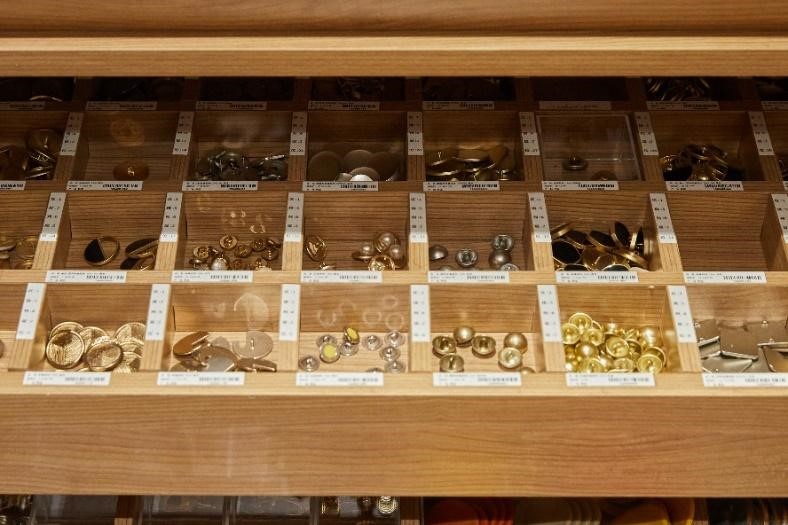
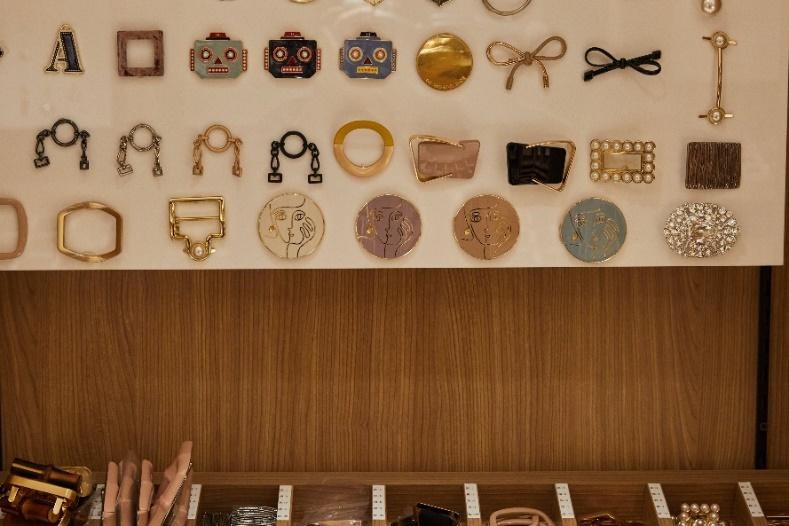
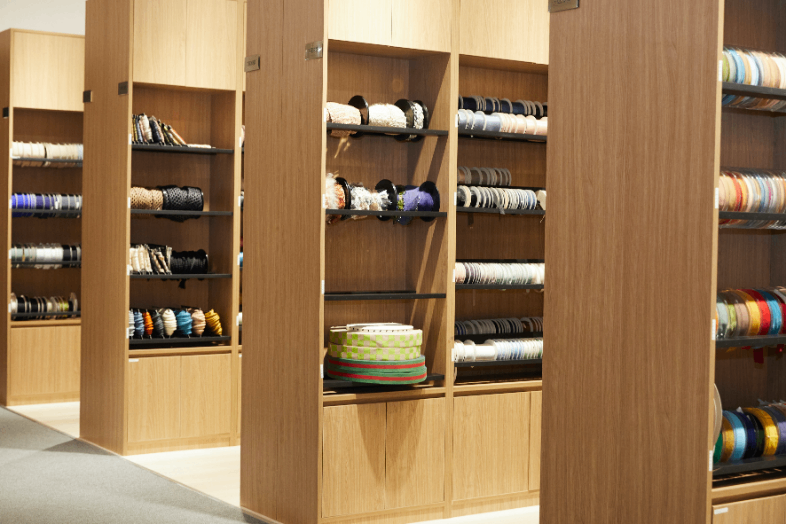
The raw materials of Miss Bao and Mr. Shoes come from more than 30 countries and regions around the world
WARC: What measurements do you use in your annual strategic planning to differentiate the impact of your marketing investments on the overall business?
Duan Changying: For a small business, the most effective way is to focus on the key points, and marketing is one part of it. Our entire strategic planning first divides the big goal, and then divides several goals under the big goal, and then has different strategies for each goal. Different strategies will also have more measurement methods, with a unit of 5 years . So OGSM (Objective, Goal, Strategy, Measurement) is the model I have been using in strategic planning. I will not use some kind of econometric model to distinguish the impact of marketing on the entire business, but based on the OGSM framework to see what should be done at the company and brand level, and then what key points should marketing focus on, and then in these key Click to allocate resources to make breakthroughs.

